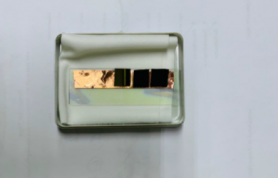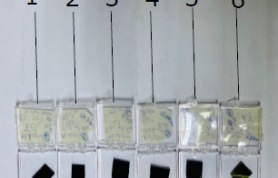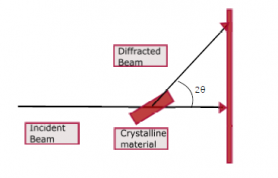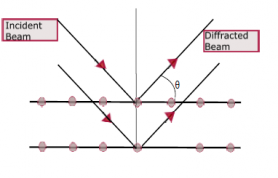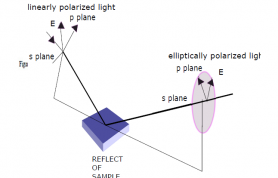| Researchers | Hafsa Shahbaz |
| Time Frame | Spring 2021 |
| Supplementary Materials | Thesis |
| Description | |
This study presents the simulation and experimental investigation on electronic and optical properties of Titanium Oxynitride. The computational inspection was performed using full potential-linearized augmented plane wave method (FPLAPW) based on Density-Functional-Theory (DFT) with the modified Becke-Johnson (MBJ) approximation on WIEN 2k software. From the DFT based simulations, electronic and optical properties such as band structure, density of states, refraction, extinction coefficient, absorption coefficient, epsilon, optical conductivity and reflectivity were extracted.
Furthermore, titanium oxynitride thin films were fabricated using reactive magnetron sputtering. The films were grown using bottom-up approach under varying pressure ratio of oxygen and nitrogen gases working in the background vacuum. Various parameters like; thin films thickness and substrate temperature are changed for achievement of near zero epsilon behavior. Spectroscopy techniques such as x-ray diffraction and scanning electron microscopy were carried out in order to investigate crystallinity, phases and surface morphology of thin films. Spectroscopic Ellipsometry was employed to extract the various optical parameters specifically ENZ response of the thin films. This phenomenon is attributed to the mixture of phases in the thin films. Materials with near zero epsilon behavior is advantageous for designing the enhanced non-linear optical response. The composition dependence of the lattice parameters observed in the grown films is in close agreement with that predicted by the theoretical calculations. | |
